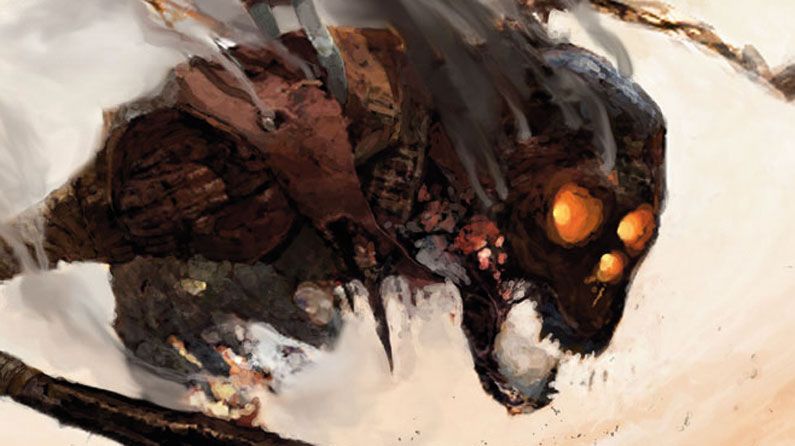

Since 3D models follow no standard when it comes to using an XYZ or an XZY axis, this option allows you to swap the Y and Z axis to make sure you can use all 3D models regardless of their axis rotation. The lower “Alternate Rotation” would place it bottom-to-top, which is what we want.

Since our view on the build plate is “top-down”, the upper “Standard Rotation” option would put the Empire State Building on its side on our build plate.

Brickplicator STEP 2Īs a next step you can decide on the size and the Y/Z rotation of the 3D model. Select the 3D file you just downloaded and hit Upload. click Browse to select the 3D model file you want to turn into a build plan for your LEGO bricks. Select the Get Started button on the right side of the screen. Lets say we choose a 3D model file from (see picture).Īfter unzipping the STL file, go to to convert your 3D model into custom LEGO instructions for your standard LEGO bricks. Our search on Google gets us several results.

Let us say that we would like to build the White House with our LEGO bricks.
#Lego digital designer tips free#
There are some great free converters such as:
#Lego digital designer tips download#
It is always a good start to google for stl free download fbx and follow the results.Īpart from that, some great sites to get 3D models for your LEGO bricks are:Įn./ I have the right 3D file but the wrong format. Where can I get great 3D models to create build plans for my LEGO bricks? Very much like OBJ, quality color objects are rare and if anything goes wrong, it is pretty hard to debug due to the versatility of PLYs formats. It can handle color as well as monochrome. PLY is a very versatile file format that stores point clouds as well as triangular models. Because every model consists of multiple files (the OBJ file, the MTL file (containing the references to the material files) and any number of material files, it is harder to manage/handle). It is mostly used for color models, but there are only a very limited amount of quality OBJ files available for download. Is a simple geometry format that allows storing color/material information in separated files that can then be referenced. It is widely used for color 3D models today, as it allows to carry the color information WITHIN the model file and does not have to rely on external material or pattern files (such as OBJ) that makes it harder to handle. The filmbox format was originally used for capturing motions for animated movies. Like STL files, they contain no color information. For that reason you will find technical designs or houses in this format. Or just wait for the release of BlockPaint3D …ĭXF files are usually exported from CAD programs such as AutoCAD. You could “colorize” STLs for LEGO plans by importing your STL into a Minecraft world with and “reshape” and “repaint” it in Minecraft before creating the plan for your LEGO bricks. While being single-colored it is a disadvantage for the creation of LEGO plans, STL files are in WIDE circulation and most of them are absolutely FREE for personal use. Since the VAST majority of today’s household 3D printers are single colored, this is not a significant 3D printing limitation. STL files are widely used for 3D printing and do not contain color information. The most common 3D model file formats are: Some are widely available and free, others are scarce and you might need to pay for. Vastly simplified a 3D model is a scalable “picture” of an item you can “fly around” and look at from any perspective you wish.īecause of the broad application of 3D models, they come in different shapes and colors. If you ever saw a 3D printed object, played a modern video game, looked at Google Earth, used a GPS, or saw one of the great animated movies from Pixar, Dreamworks, Disney or other studios, you have been in close contact with 3D model files. What is a 3D model file, and where to get them? A Windows/Mac/Unix Computer with a Chrome/Firefox/Safari browser.



 0 kommentar(er)
0 kommentar(er)
